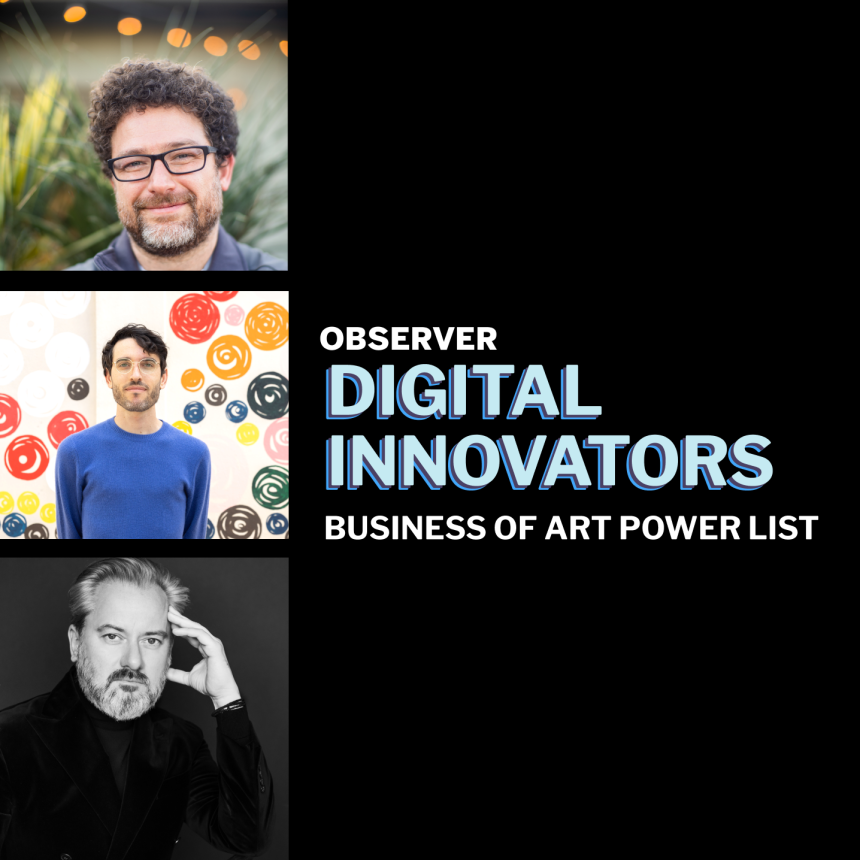There’s no question that we’re past peak NFT. The market for those non-fungible units of data that live on the blockchain and look like darling little jpegs has fallen off significantly, much like the cryptocurrency market with which they are so closely aligned. Art NFTs (as opposed to collectibles) attained just under $1.5 billion in sales on platforms outside the art market in 2022, far off their high of $2.9 billion in late 2021. “The decline in value was much greater for art-related NFTs than other segments, and they accounted for just 8% of the value of NFT sales on the Ethereum network in 2022 (versus 67% for collectibles-based NFTs),” according to this year’s Art Basel and UBS Art Market Report. Still, there are reasons to believe that this kind of often abstract or even trippy digital art is going to be with us for some time—and not just in head shops. Late last year, the Museum of Modern Art installed the atrium work Unsupervised by Refik Anadol—a billboard-sized generative art piece that uses “a sophisticated machine-learning model to interpret the publicly available data of MoMA’s collection” that’s now in the institution’s permanent collection. Jerry Saltz called the end result “a crowd-pleasing, like-generating mediocrity,” and it does resemble the A.I. villain in Mission Impossible 7. Then again, Tom Cruise’s later movies have probably done more than any others to save the business of theaters. There’s nothing wrong with pleasing a crowd now and then, and Unsupervised has drawn one every time we’ve been to MoMA since its debut. Breakout generative artist and NFT darling Tyler Hobbs had IRL shows in London’s Unit and New York’s Pace galleries this past year. He made a pretty good debut at Christie’s (which launched an NFT platform in 2022) and claims he’s made millions of dollars off secondary sales of his work. His gallery shows feature paintings—“physicals” in NFT collector parlance—made with the help of robots, which perhaps speaks to the endurance of his market. The idea of art made by machines is unappealing to most collectors today, but many of the tech oligarchs blessed with both increasing money and increasing power in our society probably like the conceptual element of collaboration with the computer. But generative art is nothing new. Last year’s Venice Biennale featured the work of Vera Molnár (b. 1924), a pioneer of art made with the help of computer programs. Her work is a reminder that before algorithms ran everything, they weren’t perceived as threatening but rather a variation on the introduction of randomization to artistic process practiced by many of her contemporaries—e.g., John Cage and those in the Fluxus movement. Even digital art is not particularly new. Steve Sacks opened his gallery bitforms in 2001 to show just this kind of work. He remains well-positioned in this market, which if past its apex, is still massive compared to what it was before. By now, nearly everyone has taken tools like Midjourney and DALL-E for a spin, collectively discovering that even in the age of A.I., the creation and dispensation of digital art is probably something best left to the people profiled below.



